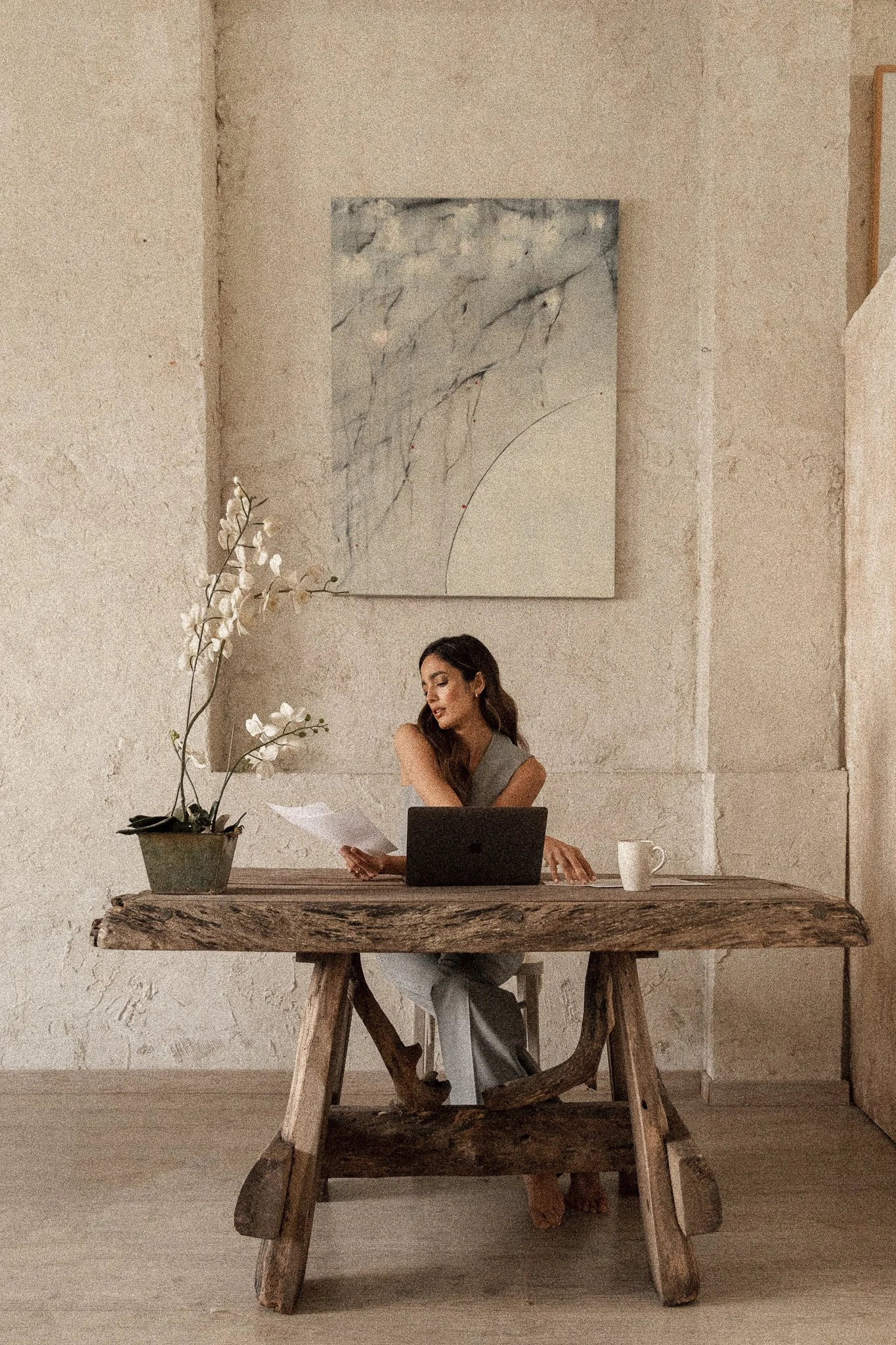Setting up your studio’s tech stack
How to build the tech stack that will serve you in your day-to-day operations.
Setting up your studio’s tech stack
a.
Business
b.
Tech Stack
When it comes to being a web designer, we often think about creative skills that develop your eye for good design. There's also the business aspect to it—the clarity and confidence that demonstrates what you can do for clients.
Yet we tend to overlook a key component to any design studio: the digital system that facilitates your best work and keeps the lights on even when you're away.
I call this collection of business apps and resources the tech stack, a term that I borrowed from web development circles. Think about the tools that blend seamlessly in the background as you focus on client projects. It's easy to take them for granted when they get the job done. However, when your workflow becomes too overwhelming and tasks begin to slip between the cracks, a few tweaks to your tech stack might be in order.
How do you know if you've chosen the right tool? When is it time to upgrade the size of your toolkit? Here are some useful tips to set up your studio for success:
Establish your studio essentials
Start with the tools of the trade—the items most closely involved in your creative projects. What's your bare minimum? These will shape the digital environment where you'll be spending the most time in, so choose what will grant you the most ease and flexibility.
For me, I can't imagine doing web design without Figma to craft my website prototypes and Squarespace to build and launch them for clients. I even created Pixresize so I can quickly optimize website images in bulk.
Mind the learning curve
How long would it take you to get used to navigating an app's features? This depends on your level of expertise, as well as past experience with similar tools. Extensive documentation, community support, and available courses could also go a long way in addressing any gaps in your knowledge.
For client-facing platforms, you need to keep in mind usability and accessibility even for less tech-savvy users. The tool has to be intuitive enough to require minimal handholding, and this is especially true for your website platform of choice.
Consider app compatibility
Does this app function well with other existing tools in your stack? Check the settings for third-party integrations with your favorite platforms. You might want to do a test run before you commit, or else you might find yourself addressing glitches or manually double-checking for errors all day.
There's one AI automation tool I run to when there are no built-in integrations: Zapier. Its visual interface lets me map out workflows that use my everyday apps to accomplish tasks on my behalf, such as collecting form responses.
Secure your digital storage
I believe this is one of the most crucial decisions you'll make for your studio: where to entrust your documents for safekeeping. Of course it's ideal to have a local backup of all your brand assets and projects. But online copies have an advantage in terms of collaboration—you could easily generate a link to share with clients for review.
Personally I use Dropbox to safeguard my brand assets and project files; it helps that it has a nifty feature called Sign that I can use for my contracts. As for gathering my bookmarks, notes, and images for inspiration, I stick to mymind as my virtual, self-organizing corkboard.
Streamline the smaller tasks
When you're used to handling every single task, it's too easy to get caught up in busywork that don't contribute meaningfully to your business. Which recurring items on your to-do list take too much of your time away from design? See if you can find tools that can get the tedious, repetitive work off your hands.
In my case, Peachs became my go-to for hassle-free affiliate marketing to save me the effort of onboarding and sending payouts. I also use Superhuman to get on top of my emails and Voicenotes to record my thoughts and meetings.
Future-proof your toolkit
It can be tempting to reach out for that new shiny toy you spotted in the market. Before you ditch the one you're currently using, ask yourself: Will this tool be able to support my needs in the long run?
Nothing lasts forever—even that lifetime access guarantee—but you can still do your background check on an app for signs of longevity. Research their business model and roadmap, as well as testimonials from avid users. Plus, it's worth looking into options for importing and exporting your data when you need it.
Contact your trusted experts
You've come this far doing everything on your own by being scrappy with tools. However, there comes a time when you'll have to take a step back and allow your studio to scale with the advice of mentors. It's perfectly alright to ask for assistance. Just because you could make it alone doesn't mean you have to.
Get exclusive access to the Squarestylist Stack
Curious about my studio setup yet? I'm sharing my very own tech stack with those who fill out my 2025 midyear survey for web designers. You can submit your response here to browse a list of my go-to apps and experts.
Shaping your tech stack is a constant work in progress; what may have suited you in the past may no longer fit your studio's growing needs today. It helps to revisit the systems you've set in place every now and then to evaluate what works. But there's no need to reinvent the wheel, either. Sometimes you can just keep an eye on what designers like you are already raving about.
You might also like:




